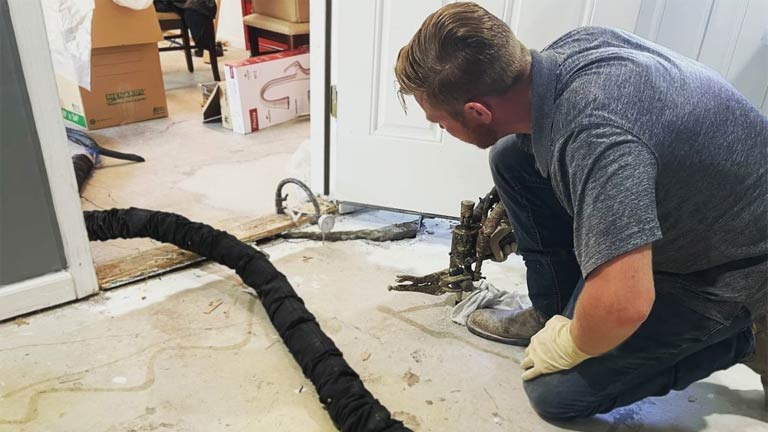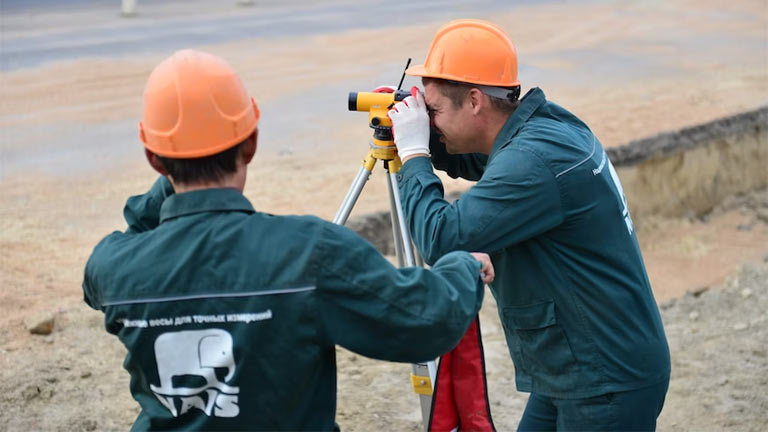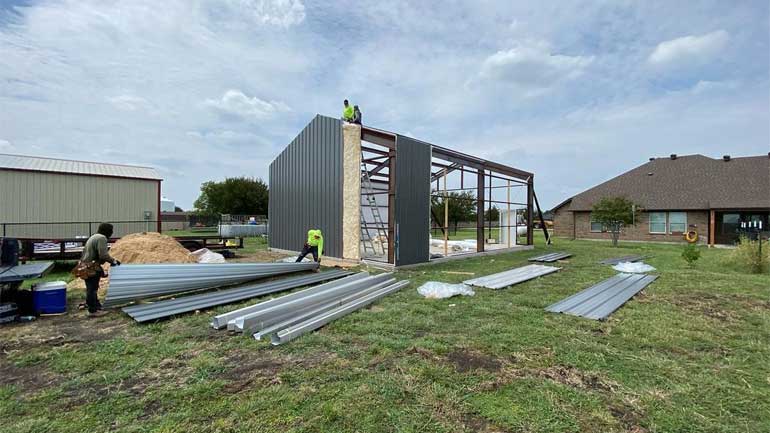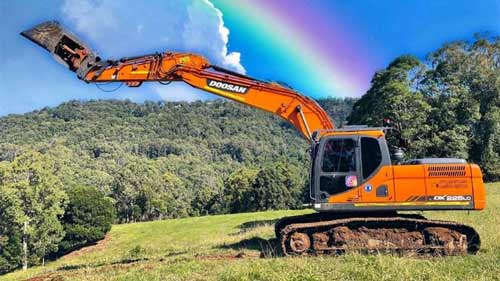
Two well-known approaches stand out concerning concrete restoration methods: polyjacking and mudjacking. Both methods fix concrete settlement problems. These include sagging foundations, uneven sidewalks, and sunken driveways. However, polyjacking is a more effective mudjacking substitute. This is due to its many benefits and cutting-edge methods. This article will focus on what makes polyjacking unique and why it is preferred by many.
The Fundamental Difference: Materials
The materials used for the repair are the main difference. They are what distinguish polyjacking from mudjacking. The name indicates what mud jacking is. It involves raising and leveling sunken concrete using water, dirt, and cement slurry. This mixture can also be called “mud.” It is injected into concrete cracks to add stability and lift. In contrast, polyjacking uses high-density foam. It has been expressly created for this use. Many builders and property owners choose this foam. It has several advantages over mud.
A Better Lifting Agent: Polyurethane Foam
The use of polyurethane foam is what gives polyjacking its distinguishing edge. This foam is injected below the concrete. It expands and hardens to make a sturdy, light, and stable support. Due to its large lifting capability, it can precisely elevate settled concrete. Polyurethane foam is water- and chemical-resistant. The concrete rebuilt with it will last long without eroding. It is a dependable lifting agent. It has exceptional qualities. It outperforms mud in durability and efficacy.
Minimal Invasion and Quick Results
The non-intrusive nature of polyjacking is one of its key benefits. The procedure entails drilling tiny holes into the submerged concrete. The holes are often the size of a coin. These entry points are placed carefully. They aim to cause as little surface damage as possible. The foam is injected after the holes are bored. It expands to lift the concrete. Most tasks are finished in a couple of hours; therefore, the procedure is rather speedy. Mudjacking may need wider access holes and bigger equipment. This makes it more disruptive and slow.
Durability and Longevity
Polyurethane foam is used in Polyjacking. It boosts the repair’s strength and duration. The foam resists erosion. So, the elevated concrete is stable. It’s guaranteed to not be harmed by water or chemicals. A long-lasting solution is produced due to this resistance to external influences. However, mudjacking relies on a substance. Over time, it may deteriorate, needing likely future repairs. Polyjacking is durable. It needs less maintenance over time. This lowers its cost. Concrete surfaces have outstanding endurance. Property owners may enjoy them for a long time without worrying about problems.
Cost-Effectiveness
When compared to other concrete restoration techniques, both polyjacking and mudjacking can be cost-effective; nevertheless, polyjacking frequently turns out to be the more affordable choice. It stands out as a cost-effective choice for property owners, whether they’re seeking concrete leveling in Kansas City or any other location. This is because it’s effective. It lasts a long time and causes little disruption. The decreased requirement for further maintenance further increases its cost-effectiveness. Property owners may benefit. They get a solid, flat concrete surface. And, they avoid a big cost. Many property owners chose polyjacking over conventional mudjacking because of its cost-effectiveness. It not only produces better outcomes but also saves money over time.
Environmental Considerations
Concrete restoration with polyjacking is an ecologically friendly option. The process uses non-toxic foam. It does not leak harmful chemicals into the soil or groundwater. Also, it is durable. This means fewer repairs are needed over time. This reduces waste and promotes sustainable building. Mudjacking can use cement and dirt. This can harm the environment, despite it being successful. Property owners use polyjacking. It gives them an effective and long-lasting repair. It also promotes eco-friendly building techniques. This connects their projects with a dedication to responsible and long-term solutions.
Conclusion
Polyjacking is better than mudjacking. It is a more effective way to fix concrete. High-density polyurethane foam is used instead of other materials. It has several benefits, like higher lifting, less interruption, durability, cost-effectiveness, and eco-friendliness. Many see the many benefits of polyjacking. Homeowners and contractors are picking it more often for concrete repair.




